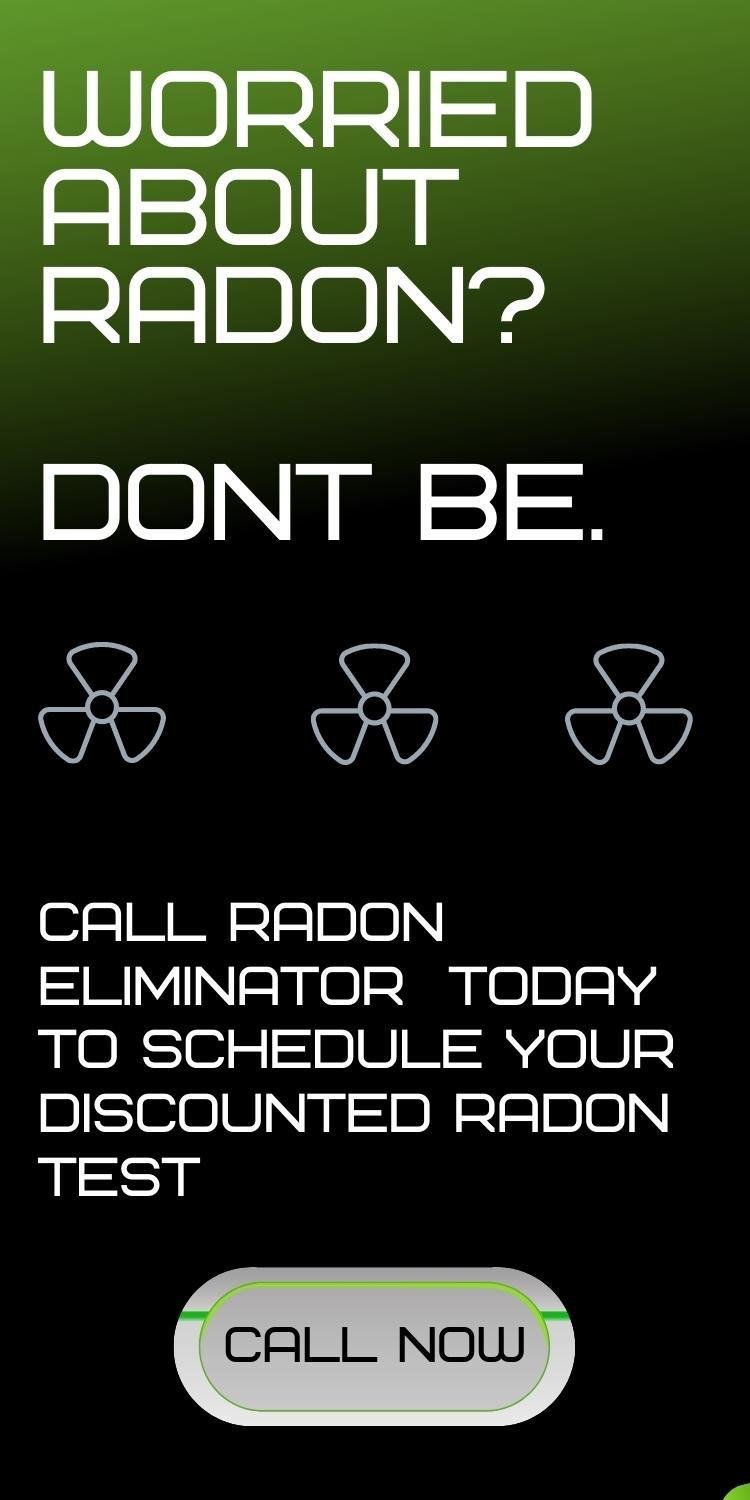Maybe you have just had a Radon Mitigation System installed, or perhaps you have had one in your home for several years, either way, the question may have come up, "how do I know if my radon mitigation system was installed properly?".
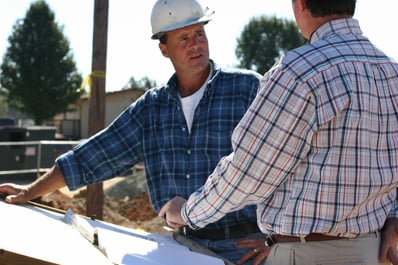 Knowing whether or not your mitigation system was installed properly is important from a health perspective as well as financial.
Knowing whether or not your mitigation system was installed properly is important from a health perspective as well as financial.
You want to make sure your money went to good use, and the system that was installed is working the way it was promised, and reducing the radon concentration levels in your home.
Why invest in a radon system if you’re not sure it will last? Read our blog post: “How Long Does a Radon Mitigation System Last?”
Table of Contents
- Complete a Radon Test
- Check your Systems Monitor
- Check the Exhaust Location
- Contact a Licensed Mitigation Specialist
- Schedule a Free Mitigation Quote
Regardless of when your system was installed, there are a few key points to look for to make sure your radon mitigation system was installed properly:
1. Complete a Radon Test
If you just had a radon mitigation system installed, part of the process should be for the installation crew to leave a continuous monitoring test for 72 hours to determine if the radon levels dropped after the installation.
If the results come back and the levels are the same, or only slightly different, the system may need an additional or stronger fan to reduce the levels. It will be up to the installation crew to return and make any necessary changes, so the levels are brought below the EPA recommended action level.
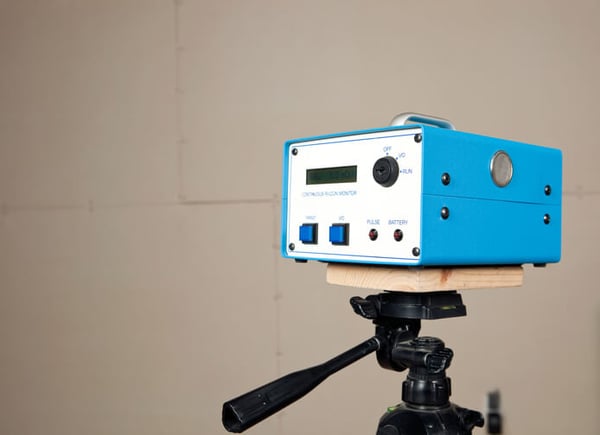
If you have had a radon mitigation system in your home for several years, and have never had it re-tested, you should consider having it done.
If the test comes back with elevated levels of radon, it suggests that something is wrong with the system. Depending on the age, the system may need a replacement fan to bring the levels back down.
In both scenarios, it is important that you hire a company with some sort of guarantee. This will save you money on a re-test, post-test, or even a fan replacement depending on the age of the fan.
If you hire a company that does not do post-testing, you will have to pay to have another test completed, and you will have to have a post-test completed, or you will never know what the radon levels in the home are post-mitigation installation.
2. Check the System Monitor
Unless your radon mitigation system was not installed properly, it should have what is called a u-tube manometer attached to the pipe in the basement of the home.
The manometer is shaped like a U and contains 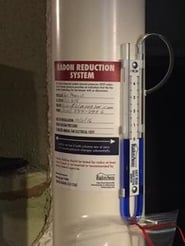 the manometer should never read zero on BOTH sides. This is a clear indication that the system fan is not pulling any air. If the fan is not pulling air, then the radon is not actually leaving your home.
the manometer should never read zero on BOTH sides. This is a clear indication that the system fan is not pulling any air. If the fan is not pulling air, then the radon is not actually leaving your home.
Encase you do not remember, there should be instructions on the pipe by the manometer that tells you how to read it, along with the phone number to the company who did the installation.
You will need to call them to come out and have a look at your system, because more than likely, you will need the fan replaced if it is not sucking air from underneath the foundation of your home.
Even if your system was just installed, the manometer will let the installation crew know right away whether or not the fan is working.
3. Check the Exhaust Location
One of the simplest ways to check and see if your system is working is to check the exhaust of the system. The exhaust fan should always be at least 10 feet above the ground or in the garage attic as long as there is no living space above.
The fan should also be located two feet higher than any door, window, or another opening into the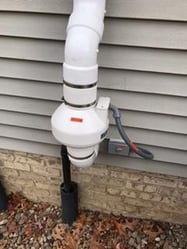 home. It should not be located near any mechanical intake, such as an evaporative cooler.
home. It should not be located near any mechanical intake, such as an evaporative cooler.
Following these precautions will prevent radon re-entry into the home. The point of a mitigation system is to vent the radon out of your home and into the atmosphere, if the system is not installed properly, the radon could be re-entering your home as soon as it's sucked out.
Taking a quick look to make sure the exhaust fan is located in an area where the radon does not have a chance to re-enter is always a sure way of knowing if the system was installed correctly.
If you are unsure, ask the technicians before they leave to explain how your system is up-to-code.
4. Contact a Licensed Mitigation Specialist
If you have a mitigation system in your home and want to know if it's still working properly, you can always contact a licensed mitigation specialist to check it out.
They will inspect your system and leave a test to see what your radon levels are. Once they have completed their assessment, they will be able to let you know if the system is working properly, or if it needs some type of repair.
If your mitigation system was installed by Radon Eliminator, and you are unsure it's working properly, we will send one of our specialists to your home to check your system at no cost to you.
If you are looking for a Licensed Radon Mitigation Company to complete your installation, our crew members are the Best Mitigation Technicians in Ohio.
We provide Free Estimates and will give you a detailed description of where your system will be installed before beginning any work.
Our project manager will walk you through the installation process and point out where the initial suction point will be along with the piping and exhaust fan. If you have any doubts or questions, you will be able to express them before the installation process begins.
Whether you need a new mitigation system installed, or if you want to know if your mitigation system is working correctly, our technicians can help you.
Click below to speak with a crew member today!




